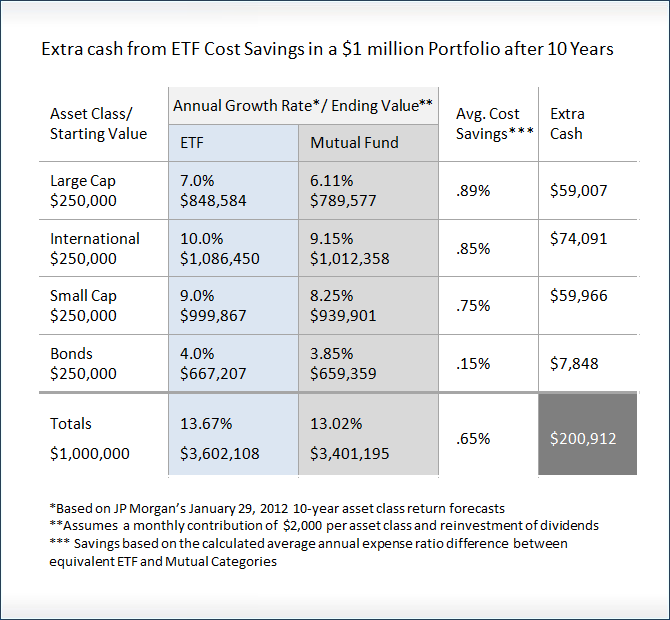Inverse ETFs How they work and their benefits versus risks
Post on: 6 Июнь, 2015 No Comment

Inverse ETFs are exchange-traded funds that are designed to gain in value from a decline in the value of an underlying benchmark. In this way Inverse ETFs enable an investor to profit from falling sector, bond, commodity or currency prices. Investing in inverse ETFs is similar to holding various short positions, (e.g. selling call options or buying put options) to profit from falling prices.
How inverse ETFs work
Inverse ETFs have an advantage over short selling
Short sales have the potential to expose an investor to unlimited losses, whether or not the sale involves a stock or ETF. Inverse ETFs, on the other hand, provides many of the same benefits as shorting, yet it exposes an investor only to the loss of the purchase price. Another advantage of inverse ETFs is that they may be held in IRA accounts, while short sales are not permitted in these accounts.
Inverse ETFs provide growth and protection during bear market scenarios where a long-term investor seeks to reduce their losses. Another scenario where inverse ETFs are useful might be where a long-term investor has a large paper gain but doesnt want to pay taxes. Rather than risk losing the gain to a prolonged market decline, purchasing an inverse or short ETF would help reduce losses.
Additional srategies for inverse ETFs
- Volatility-based alternating strategies alternate portfolio exposure between long and short ETFs at certain volatility levels.
- Risk factor exposure isolation strategies use inverse ETFs in conjunction with other investments to isolate exposure to a particular economic factor.
- Relative performance strategies use inverse ETFs to establish “market neutral” portfolios that may profit if certain regions or sectors outperform others.
There are some inverse ETPs that seek to achieve their results over a period of time that is longer than a single trading session. Specifically, PowerShares and Deutsche Bank offer a number of ETNs that seek to deliver results equal to -100% of indexes comprised of commodity futures over the course of a month. These products won’t be impacted by the direction of the underlying index between reset periods, meaning that the impact of day-to-day volatility won’t result in eroded or enhanced returns.
With monthly inverse ETNs, the target multiple (i.e. -1x) applies at the start of the month, and will generally change as the month progresses. In other words, investors who buy in mid-month could be achieving effective leverage for the remainder of the month that is greater or less than -100%. At the end of each month, that leverage is reset and the ETN will begin its objective over again (i.e. seeking to deliver inverse exposure over the next calendar month).
Ad ditional Considerations
An inverse ETF needs to buy when the market rises and sell when it falls in order to maintain a fixed inverse ratio. This results in a volatility loss proportional to the market variance. Compared to a short position with identical initial exposure, the inverse ETF will therefore usually deliver inferior returns. The exception is if the market declines significantly on low volatility so that the capital gain outweighs the volatility loss. Such large declines benefit the inverse ETF because the relative exposure of the short position drops as the market fall.
Since the risk of the inverse ETF and a fixed short position will differ significantly as the index drifts away from its initial value, differences in realized payoff have no definititive interpretation. It is therefore better to evaluate the performance assuming the index returns to the initial level. In which case an inverse ETF will always incur a volatility loss relative to the short position.














